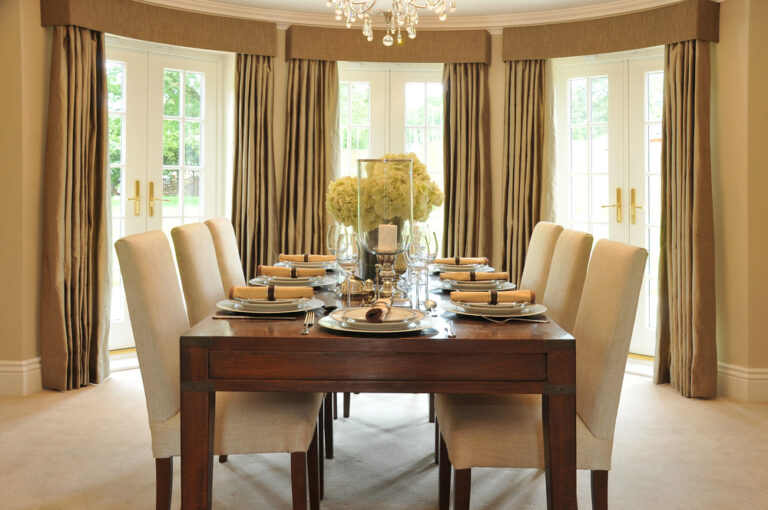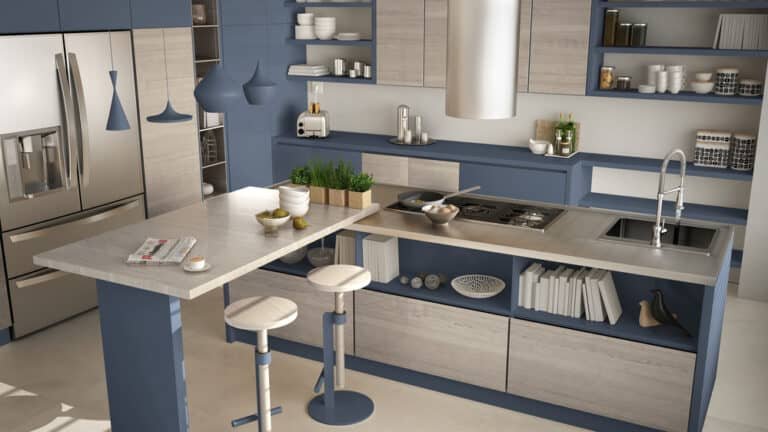Why are Nightstands so Expensive? (4 Common Reasons)
Homebody Forever is reader-supported. We may receive a commission if you make a purchase through a link on this post.
When it comes to furniture, some things just cost more than others.
Good quality beds, sofas, or ergonomic office chairs—for example—can definitely fall in the expensive category. But when a small piece of furniture—like a nightstand—cost so much, it can be frustrating and perplexing.
Initially, I assumed I was being duped by these prices, but then I realized that all the store’s prices were alike.
Let me help you understand the logic behind these high prices.
Why nightstands are so expensive

Nightstand design, popularity, and manufacturing costs all contribute to their high prices. Here are some reasons why.
The visually pleasing design
Nightstands come in a variety of styles and designs. They are specifically crafted to look appealing and to enhance the room they are placed in.
Their prices reflect the care and meticulous nature of their design. Typically, your more modern, simplistically designed nightstands are pricier. Futuristic designs are also massively popular and sit at the top of the list of more expensive nightstands.
Nightstands are handmade
Nightstands aren’t churned out by the numbers. There’s typically a person behind this furniture. Carpenters design the nightstands, and wood craftsman shape and carve the wood to create unique pieces of furniture.
The time, effort, and manual labor needed to create a nightstand make these furniture pieces more expensive than other automated, machine-made pieces.
Made with top-quality materials
Customarily nightstands are made with the highest quality materials to ensure they remain timeless and durable.
Nightstands are typically made from superior-quality woods that are harder and more durable, such as Mahogany, Oak, Walnut, Maple, Cherry, and Maple varieties. These raw woods cost more than softer woods such as plywood or pine.
Some craftsmen import their top-quality wood, and this can hike the price up even further. They might also use glass and metal as materials. Since glass is even trickier to work with than wood, glass nightstands can be even more expensive.
Simply put, the higher quality of materials used, the more expensive the nightstand. Perhaps the cost is worth it, given that nightstands are well-known as long-term investment pieces.
Not widely popular
It all comes down to the reality that nightstands aren’t necessary for all homeowners, and this lower demand will regrettably increase prices.
Furniture is mass-produced if it is vastly popular and in high demand. It just doesn’t make sense to pour resources into an item that isn’t a necessity to most people.
Since there are fewer buyers, suppliers need to get the highest profit for each nightstand sold. They do this by creating high-end nightstands that bring beauty and style to a room.
Although you may think you could not live without a nightstand, for many, a nightstand is simply a waste of space. It all comes down to personal choice.
Assembly costs are high
The more complicated the nightstand’s style, design, and structure, the more labor is required. Since nightstands are typically handmade and carefully styled, the amount of labor, time, and effort required is pretty extensive.
Manufacturing costs are usually determined by the cost of your materials, labor, and manufacturing overheads (machining, maintenance, equipment, etc.).
Since the materials used are of high quality and a fair amount of work is required to assemble a nightstand, it’s no wonder the sell prices are as high as they are.
What can you expect to pay for a nightstand?
Nightstands are expensive. You can expect to pay anything from an average of $150 to $300 for a single stand. Prices are known to go as high as $1500, with antique designs selling for up to $1000.
Nightstands are not low-cost investments; you will notice a fair price variation depending on their size, style, and function.
Prices will be higher if you want a nightstand with drawers, a floating minimalist design, or a nightstand that matches the rest of your bedroom furniture.
The type of color and varnish used will also affect the nightstand price. Brighter colors are typically more expensive. If the paint or varnish comes with a warranty, expect to pay more.
Several modern nightstands come with built-in USB ports. The extra materials and electricals needed to assemble a nightstand with these features will also increase the price.
Before purchasing a nightstand, consider your needs, budget, and design aesthetics. In some cases, it might not be necessary. And if you do decide to invest in one, you can look for one that will last you a long time.






